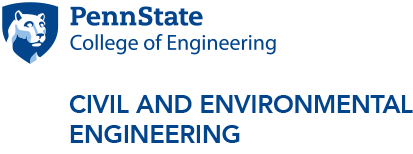River networks as bioreactors from the Mediterranean to the Poles
Abstract: Headwater streams modify carbon and nitrogen fluxes along the land-water continuum from upstream to downstream ecosystems. Across both lateral and longitudinal dimensions, river networks function as large “bioreactors.” However, the contribution of in-stream processes to catchment biogeochemical fluxes strongly depends on hydrological conditions that modify lateral and longitudinal connectivity. For example, while transport predominates during high flow and floods, in-stream storage and processing can be magnified under base flow conditions, especially in water losing streams when hillslopes and streams are hydrologically disconnected. In addition, the longitudinal structure of the catchment, including the presence of lakes and wetlands embedded in the network, may also alter the residence time and processing of carbon and nutrients. In this talk, we will combine results from empirical and modelling studies to illustrate the bioreactor capacity of Mediterranean and Arctic streams under contrasting hydrological conditions, and the implications for water quality and gas emissions to the atmosphere.
Mediterranean catchments naturally experience alternation of floods and droughts on a seasonal basis, and thus, they are ideal natural laboratories to explore how changes in hydrological connectivity influence transport, storage, and processing of solutes and particles along the catchment and within streams.
Arctic ecosystems are rapidly experiencing the impacts of global climate change, manifesting as shifts to river fluxes of most major solutes and the timing of hydrologic perturbations. Here, we will discuss the “bioreactor” capacities of Arctic streams, showing how underlying landscape features and network structure control carbon and nutrient export in rivers on the North Slope of Alaska.
Bio: Dr. Susana Bernal is a tenured researcher at the Center of Advanced Studies of Blanes (CEAB-CSIC). She received her doctoral degree in biology from University of Barcelona (Spain), she was Fulbright postdoctoral researcher at Princeton University, associate professor at the Department of Ecology (University of Barcelona), and Ramon y Cajal researcher at the Spanish Research Council. Her research focuses on carbon and nitrogen cycling in Mediterranean headwater catchments, with special focus on understanding hydrological and biogeochemical processes at the riparian-stream interface.
Bio: Dr. Arial Shogren is an assistant professor at the University of Alabama in the Department of Biological Sciences. She completed her Ph.D. at The University of Notre Dame in Biological Sciences and was a National Science Foundation Post-Doctoral Research Fellow at Michigan State University in the Department of Earth and Environmental Sciences. The research in her lab focuses on material fate and transport in river networks, using perspectives from stream ecology, biogeochemistry, and hydrology to study the conditions that control emergent river chemistry. She works in a diverse array of watersheds, from the Arctic tundra to the coastal swamps of the southeastern US.
Event Contact: Li Li



